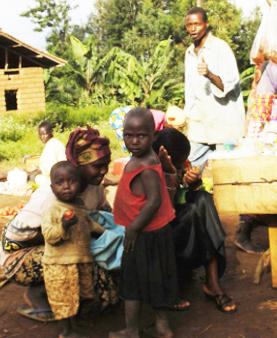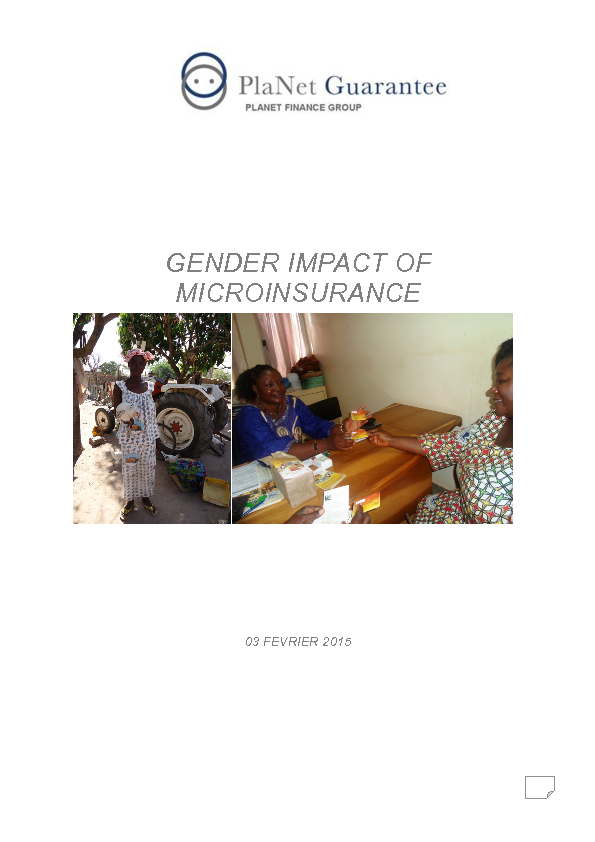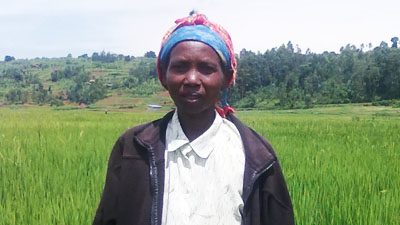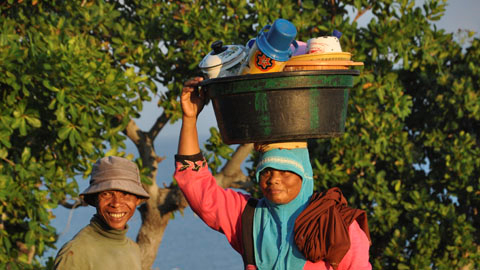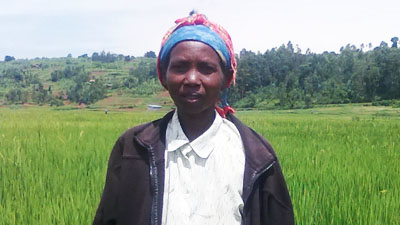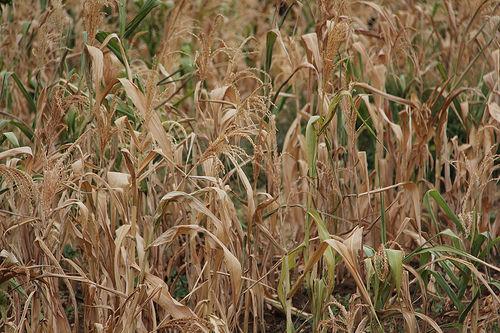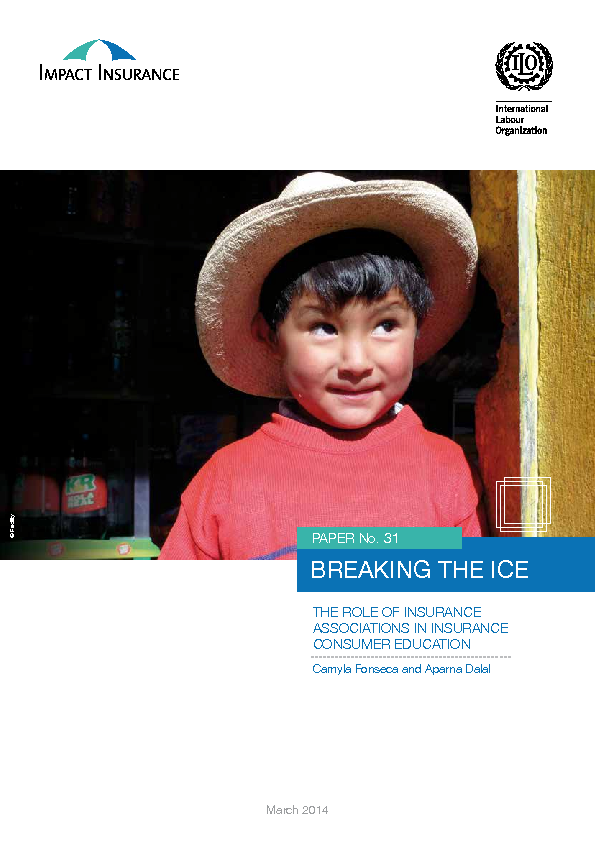
Content owner:
Topics:
In the last decade, some insurance associations (IAs) have expanded beyond their traditional core functions to develop insurance consumer education (ICE) programmes. Based on a review of the experiences of IAs in five countries, namely Brazil, Colombia, Kenya, Mexico and South Africa, Microinsurance Paper #31 discusses the steps that should be taken during the preparation of an ICE. These include assigning responsibility internally, defining funding mechanisms, setting clear goals, defining the programme target and identifying partnership opportunities. It goes on to summarize key lessons for...

